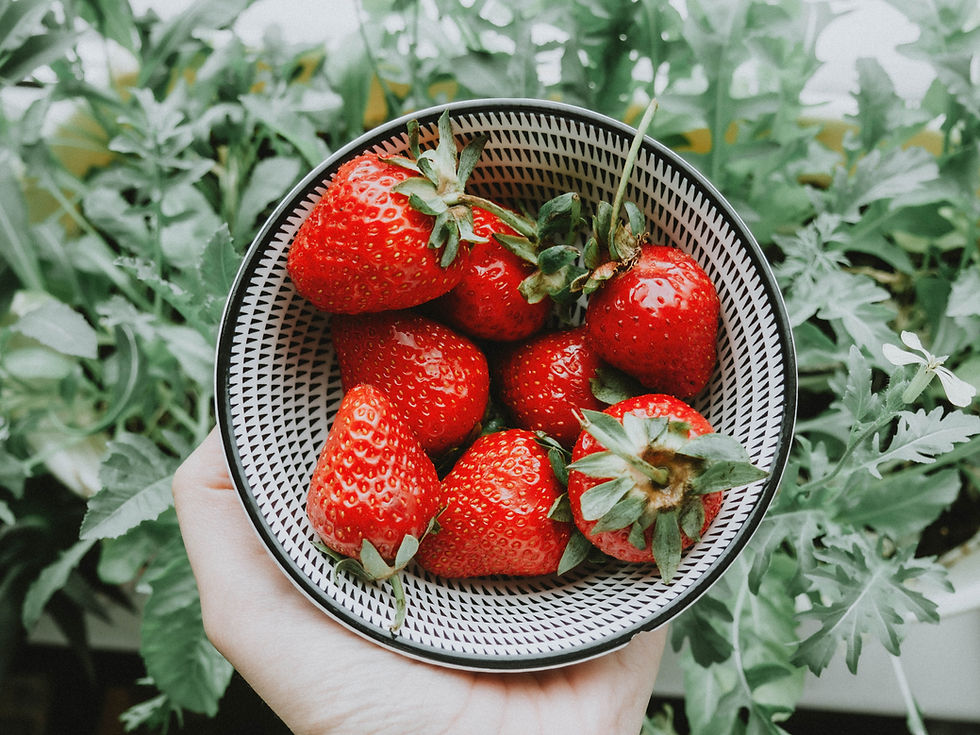Cooking Series: Clean eating: The good and the bad
- Shidonna Raven

- Dec 1, 2024
- 3 min read
Updated: Dec 6, 2024
Photo Source: Unsplash,
Editor's Notes: The below article was written by HHP-HH and represents thier own claims and idead independent of SRG&C. Thank you.
Clean eating has been a trend for the past decade, although there's no official definition of just what "clean eating" means. In fact, it's more a dietary approach than a specific diet, although quite a number of cookbooks have spun off of this trend.
The foundation of clean eating is choosing whole foods and foods in their less processed states—choosing from vegetables, fruits, whole grains, pulses (beans, lentils, and peas), dairy, nuts, seeds, and high-quality animal and plant proteins. When possible, food choices are organic and based on what's in season in your geographic region. When choosing packaged foods with a label, foods with shorter ingredient lists are preferred, and added sugars are limited.
So far, so good. However, the movement can go to extremes. Many clean-eating advocates aim to avoid all traces of added sugar, high-fructose corn syrup, preservatives, artificial colors and flavors, and other additives—a position that might be admirable but is too stringent for most people.
Making Sense of Vitamins and Minerals
About half of all Americans routinely take dietary supplements. The most common ones are multivitamin and multimineral supplements. Making Sense of Vitamins and Minerals: Choosing the foods and nutrients you need to stay healthy explains the evidence behind the benefits and safety profiles of various vitamins and minerals. It also includes the recommended minimum and maximum amounts you should consume, as well as good food sources of each.
Increasingly, food companies are picking up on the trend, using language in their marketing like "food should be clean" and "don't eat ingredients you can't pronounce." - Coined by Shidonna Raven Garden & Cook. This not only taps into safety fears, but it implies that if food isn't "clean," it's dirty, or that if it's not chemical-free, it's chemical-laden. The truth is that foods don't fall into black-and-white categories. For example, even organic agriculture uses pesticides—most are natural, but some are manufactured.
The good: Some versions of clean eating offer a genuine way to eat a nutritious diet based on fruits, vegetables, beans, and whole grains, with healthy fats and either plant- or animal-based protein food for balance—while reducing sugar and ultra-processed foods.
The bad: Other interpretations of clean eating can lead to a rigid diet that bans entire foods or food groups like grains—especially gluten-containing grains— soy, legumes, and dairy. These extremes are not supported by research, and you can develop nutrient deficiencies if your food choices are too limited. In some cases, clean eating, especially in its more rigid forms, can become less of a diet than an identity and could lead to disordered eating.
The mixed bag: There's real benefit in eating more whole and minimally processed foods, but not in fearing others that are nutritious. Because many consumers perceive that "clean" foods are safer and higher quality, "certified clean" labels are starting to appear on some processed foods, although there's no standard definition behind them. Even the least extreme version of clean eating typically requires cooking most meals at home, which isn't feasible for everyone.
How can you introduce more (organic or natural) fresh vegetables and fruits into your diet? How could this impact the environment? How could a home garden contribute to your and your family's overall health?
Share the wealth of health with your colleagues and friends by sharing this article with 3 people today.
If this article was helpful to you, donate to the Shidonna Raven Garden and Cook E-Magazine Today. Thank you in advance.







Comments